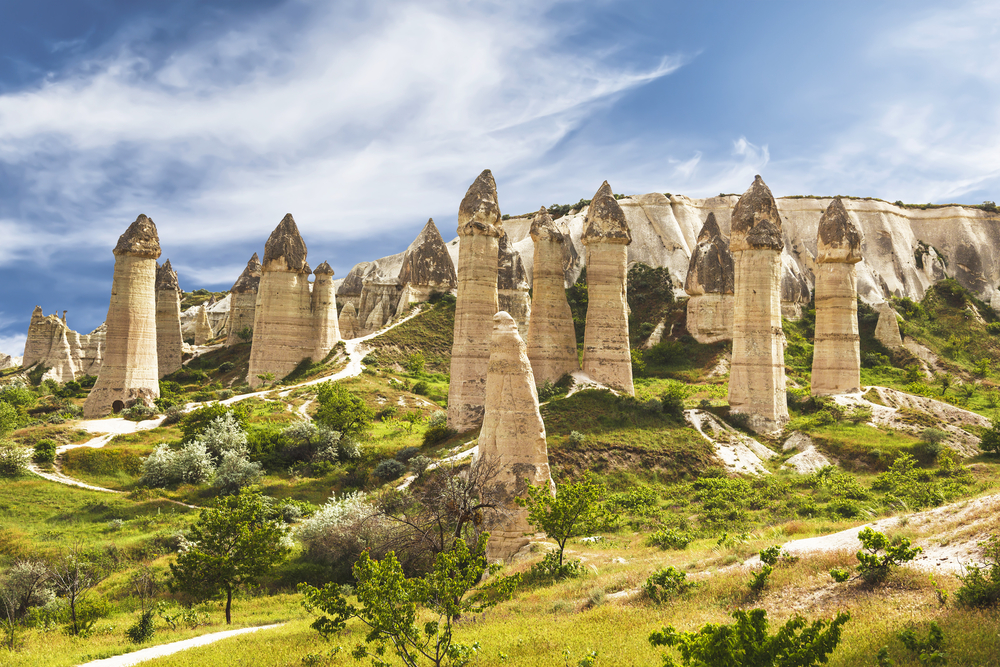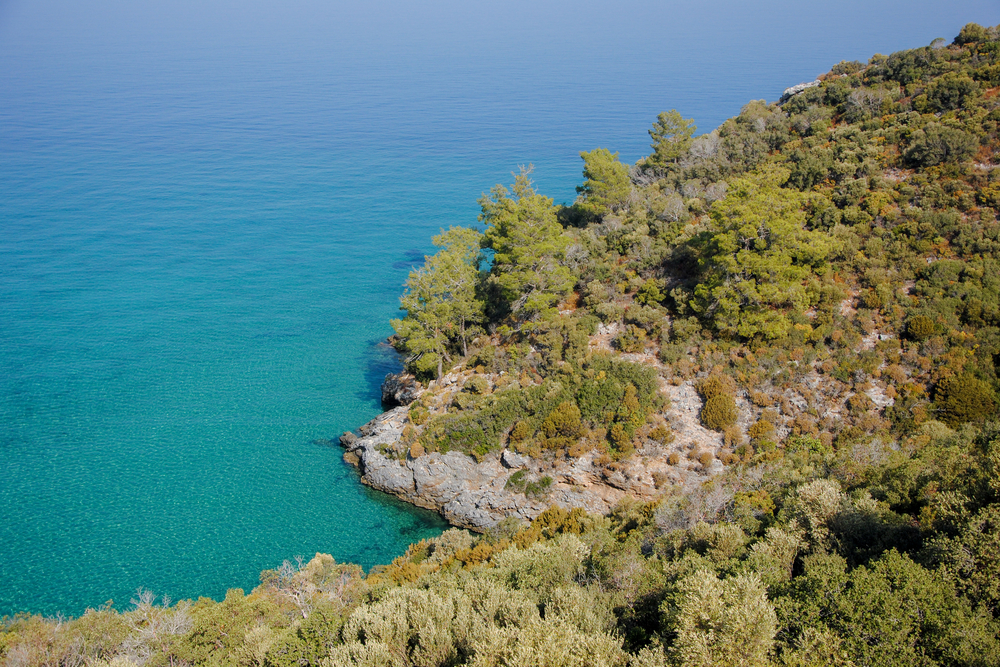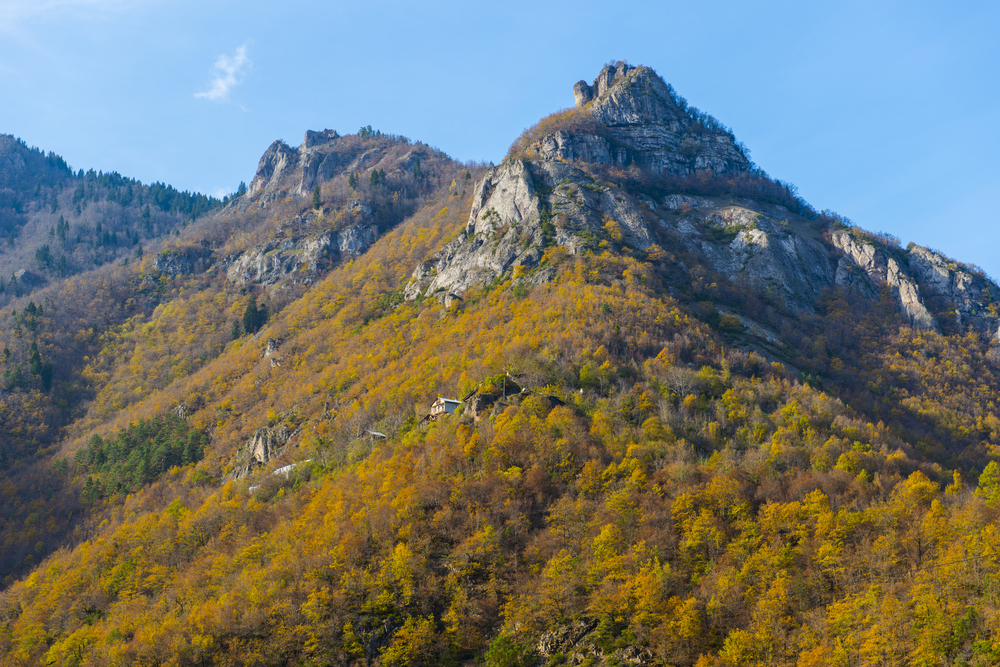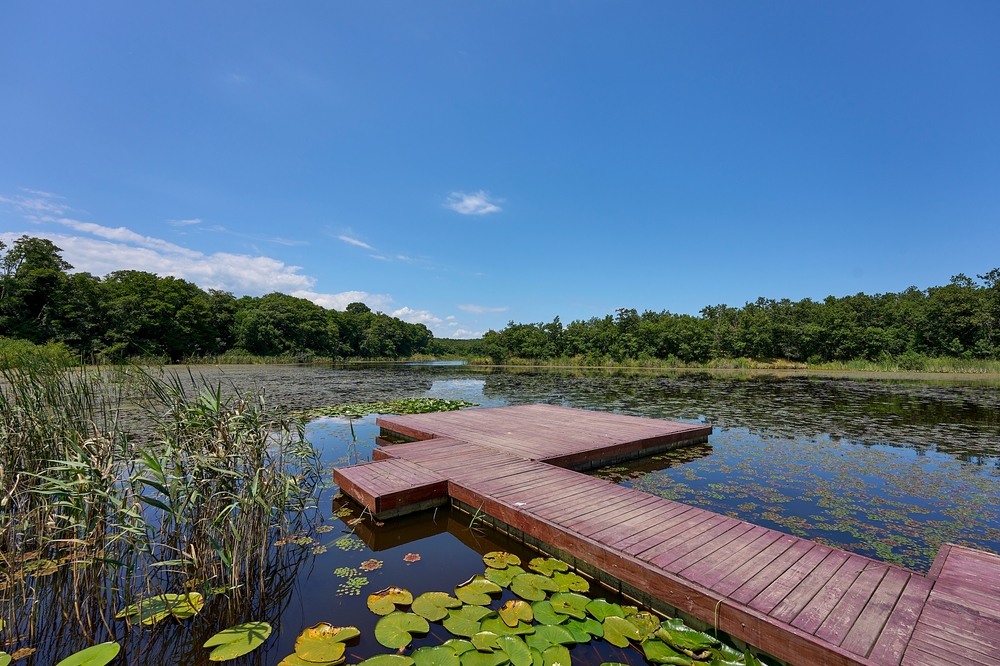Kızıldağ Overview
Kızıldağ National Park, known locally as Kızıldağ Millî Parkı, is a tranquil and ecologically significant protected area located in Isparta Province in southwestern Turkey. The park covers approximately 86 square miles, or about 223 square kilometers, and lies within the Sütçüler district near the western edge of the Taurus Mountains.
Its name, which means “Red Mountain,” comes from the rich, reddish soil and the hues of the surrounding terrain. The landscape is dominated by rolling hills, rugged limestone ridges, and forested highlands.
The park’s elevation ranges from about 1,400 to 1,900 meters, creating a cool, mountainous environment that serves as a natural refuge during Turkey’s hot summers. This combination of elevation, geology, and climate supports a wide array of habitats, including pine forests, rocky outcrops, and alpine pastures.
The vegetation in Kızıldağ National Park is particularly notable for its ancient stands of cedar trees. The park contains one of the oldest and most extensive natural cedar forests in the country, featuring majestic Lebanon cedars (Cedrus libani) that can reach heights of over 30 meters.
Some of these trees are estimated to be hundreds of years old, forming dense groves that provide both shade and ecological stability. In addition to cedar, the park supports black pine, juniper, oak, and various shrubs and wild herbs that thrive in its mountainous soils. During spring and early summer, the meadows and forest understories become dotted with wildflowers, contributing to the park’s seasonal beauty.
Kızıldağ National Park is home to a variety of wildlife, particularly species adapted to mountainous and forested environments. Mammals such as wild boar, red foxes, badgers, and hares are commonly seen, while more elusive animals like wolves and wildcats may inhabit the deeper forest zones.
Birdlife is plentiful, with sightings of hawks, owls, woodpeckers, and forest songbirds. The park also provides habitat for several species of reptiles, amphibians, and butterflies, enhancing its role in local biodiversity conservation. The quiet, undisturbed woods make the park an ideal site for birdwatching and nature observation.
Popular features of the park include the ancient cedar groves, the clean mountain air, and panoramic viewpoints offering scenic vistas of the surrounding Taurus ranges. Visitors often head to the Çimenova Plateau, a flat and grassy area used historically for summer grazing, which now serves as a favored spot for picnics and nature walks.
The healthful climate of the region, characterized by low humidity and cool, oxygen-rich air, has earned the park a reputation as a therapeutic retreat, especially beneficial for respiratory health.
Visitors experience Kızıldağ National Park through hiking, picnicking, camping, and nature photography. Well-marked trails allow for exploration through cedar forests and highland meadows, and designated picnic areas make the park suitable for day trips with family and friends. The relatively undeveloped nature of the park adds to its peaceful atmosphere, appealing to those seeking quiet and solitude.
Conservation efforts in Kızıldağ National Park have focused on protecting the ancient cedar forests and maintaining the park’s air and water quality. Although the park faces challenges such as grazing pressure and the risk of illegal logging, strong governmental oversight and local involvement have contributed to its preservation.
Sustainable tourism initiatives and environmental education programs help ensure that the park remains a sanctuary for both wildlife and visitors for generations to come.
Park Map
Kızıldağ National Park Highlights
Share your clicks with us
Related National Parks More Turkey

Göreme National Park

Altindere Valley National Park

Derebucak Çamlık Caves National Park

Dilek Peninsula–Büyük Menderes Delta National Park

Beydağları Coastal National Park

Hatila Valley National Park

Köprülü Canyon National Park

Karagöl–Sahara National Park

İğneada Floodplain Forests National Park











































































